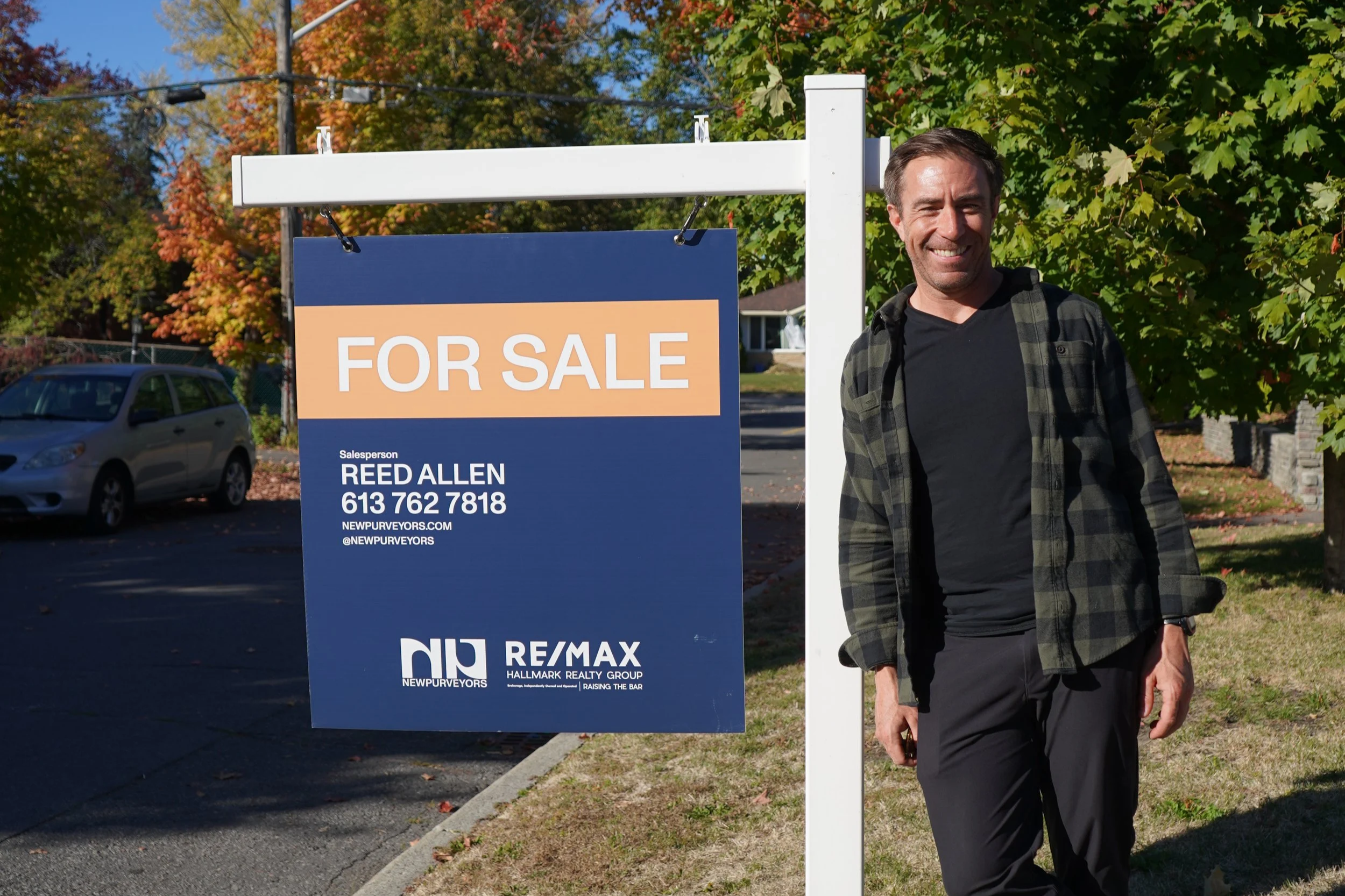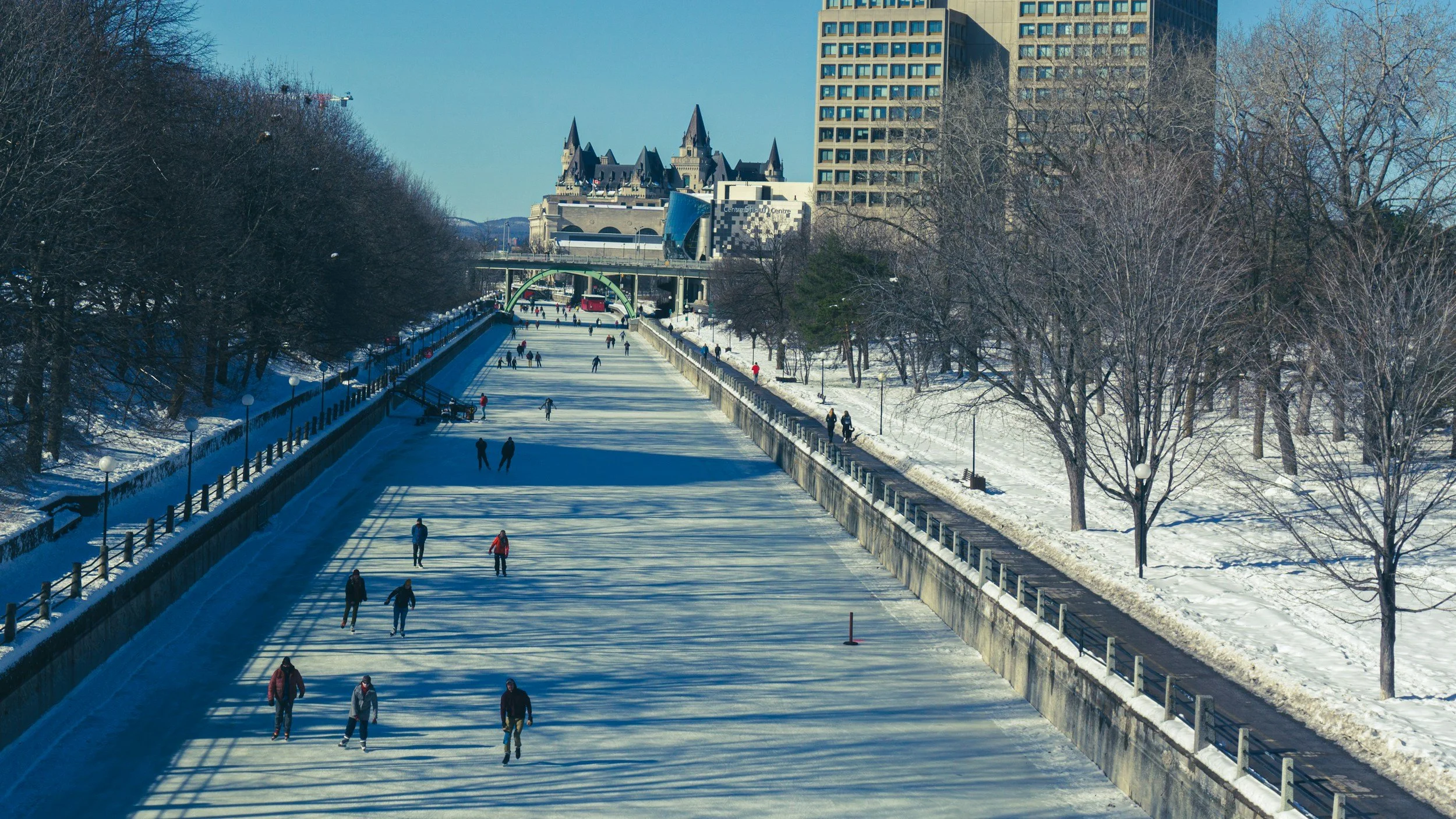The Ottawa Homes That Photograph Terribly But Show Beautifully
You’ve seen them on Realtor.ca — the listings with crooked photos, harsh lighting, or confusing angles that make you scroll right past.
And then, every so often, one of those “meh” listings surprises you in person.
The light floods in. The ceilings feel higher. The rooms connect better than you imagined.
Welcome to one of the biggest open secrets in real estate: some of Ottawa’s best homes don’t photograph well.
1. Why Great Homes Sometimes Look Awful Online
Not every home is built for the camera. Ottawa’s housing stock is full of older layouts, narrow rooms, and warm lighting that can throw off photos — even with a professional photographer.
Common culprits include:
Small windows or north-facing exposure that look dark on camera
Warm-toned lighting that reads “yellow” in photos
Unique layouts that don’t translate in 2D
Wide-angle distortion, making rooms look smaller or warped
Cluttered staging or bold décor that distracts from the space itself
These listings might not pop online, but in person they tell a completely different story — one that’s impossible to capture through a lens.
2. The Types of Ottawa Homes That Fool the Camera
Certain homes are almost guaranteed to underperform online:
Heritage homes in Centretown, The Glebe, or Sandy Hill: full of charm, but dark trim, small windows, and unique angles make photos tough.
Split-levels and side-splits in Nepean or Alta Vista: great flow in real life, confusing to photograph.
Townhomes with narrow footprints: look tight in photos but often open beautifully once you walk through.
Low-rise condos: camera picks up every shadow, making airy spaces seem closed in.
These are the homes that make agents smile quietly — because savvy buyers know there’s a hidden opportunity when a home looks worse than it is.
3. The Psychology Behind the Scroll
Online, buyers are trained to skim.
They spend less than eight seconds deciding whether to click on a listing — and most base that on the first photo alone.
That means thousands of buyers skip homes that could have been perfect simply because the photos didn’t catch their eye.
In a city like Ottawa, where competition can be fierce, that’s a massive advantage for anyone willing to look twice.
4. What “Bad Photos” Might Actually Be Hiding
If you learn to read between the pixels, you can spot clues that a home might look better in person:
Dim lighting or poor exposure: could mean gorgeous natural light that just wasn’t captured at the right time of day.
Wide-angle distortion: often used to make small rooms seem larger — but sometimes it just exaggerates perspective.
Outdated décor: ignore the paint colour. The bones — ceiling height, layout, window placement — are what matter.
Sparse staging: empty rooms photograph harshly but often feel more open in person.
If the structure, location, and layout check out, an in-person showing might completely change your perception.
5. Why This Matters for Buyers
The best deals in Ottawa often come from homes that everyone else overlooked.
A bad first impression online means fewer showings, which can translate to less competition and more negotiating power for you.
Agents who know the city’s housing styles — who can look past the lens and see potential — often help buyers land these hidden gems for less than comparable “prettier” listings.
So if a property checks your boxes on paper but the photos make you hesitate, take a second look.
The camera lies more often than you’d think.
6. The Takeaway
In a city as diverse as Ottawa, every home tells a different story. Some are photogenic — some aren’t — but the true beauty of a property can’t always be captured in 12 listing photos and a floorplan.
Sometimes, the best homes are the ones that make you pause instead of scroll.
Because while good marketing can make any property look amazing online, only experience can tell you when “bad photos” actually mean good value.





























